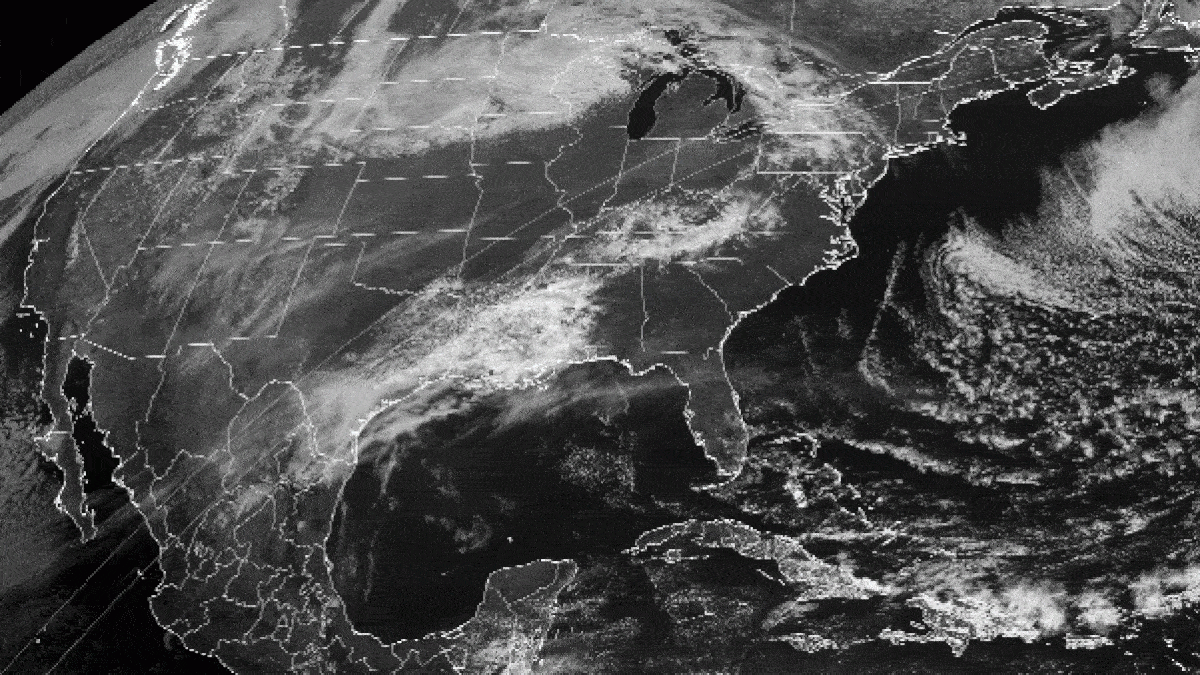When you purchase through tie on our site , we may earn an affiliate commission . Here ’s how it figure out .
It usually learn two years or more for wildlife footage to make it into a nature documentary . But this weekend , National Geographic is bring out a live nature feature that will let viewers follow dozens of idle animals — including bats , Taurus sharks and leaf - eating monkeys — in substantial sentence , tender a glimpse of how these wight endure in their pursuit for survival of the fittest .
The 2 - hour " Earth Live " feature , dubbed the " Olympics of the natural world , " will be take by prize - get ahead wildlife camera operator scattered on six of the seven continent , according to National Geographic . One of the cinematographers , Skip Hobbie , will shoot up to 20 million Mexican free - bob at-bat ( Tadarida brasiliensis ) flying out of Bracken Cave , just outside San Antonio .

A freshwater crocodile
" This is an all - new affair for me to be doing something live , " Hobbie tell Live Science . " Often , [ for ] the wildlife documentaries I function on , it might be two age from when I was on the field shoot until it terminate up on television . " [ Photos : See the Animal ' Olympics of the Natural World ' ]
Hobbie has filmed at Bracken Cave — the largest bat motherhood dependency on record — for years , but filming for " Earth Live " will be challenging , he said . Granted , the bat " emerge like clockwork " every nighttime in the summertime , but commonly , Hobbie has the sumptuousness of centre and finding the best shot before selecting his favourite recording for the final product .
Furthermore , when he ’s film at Bracken Cave , Hobbie usually has ample fourth dimension to scope out the bats ' vulture — such as red - tailed war hawk , coachwhip snake andgreat horned hooter — that eagerly hold back by the cave for a tasty meal . This time , he ’ll have wanted little time to get a fascinating guessing record the millions of bats shed out of the cave and into the dismal nighttime , some into the mouths of vulture , he said .

To prepare , Hobbie does several technical tests and live rehearsal by the cave . He require to see some novice flyers doss down into each other — after all , many of the squash racquet are juveniles that are just learning how to flee . Any luckless bats that crash and descent are at risk of being eaten by carnivorous dermestid beetles that live on the cave ’s floor , grant to Bat Conservation International .
Hobbie said he hopes his donation to " Earth Live " will remind people of the important role bats represent in the ecosystem as key pollinator and voracious insectivores . For example , T. brasiliensisis know for rust the corn whisky earworm moth ( Helicoverpa zea ) , an farming pest that plagues crops such as cotton , corn , Lycopersicon esculentum and edible asparagus , according to the University of Florida .
" Bats hold this place of fear in a caboodle of people ’s nous , " Hobbie said . " I desire to get the subject matter across that bats are not just an awful spectacle , but really of import animals that we need to take care of . "

Other animal that will be filmed in real time for " Earth Live " include lions in Kenya ; Hanuman langur scallywag in Jodhpur , India ; andhumpback whalesoff the seacoast of Alaska .
" Earth Live " will be host by Emmy - prize achiever Phil Keoghan , a television personality known for host " The Amazing Race " on CBS , and Jane Lynch , recognise for her role as the magnate - athirst cheerleading double-decker on the idiot box series " Glee . "
Thefeature melodic phrase at 8 p.m. EDT/5 p.m. PDT(check local list ) on Sunday ( July 9 ) on the National Geographic , Nat Geo Wild and Nat Geo Mundo electronic connection in 171 countries and 45 languages .

Original clause onLive Science .













